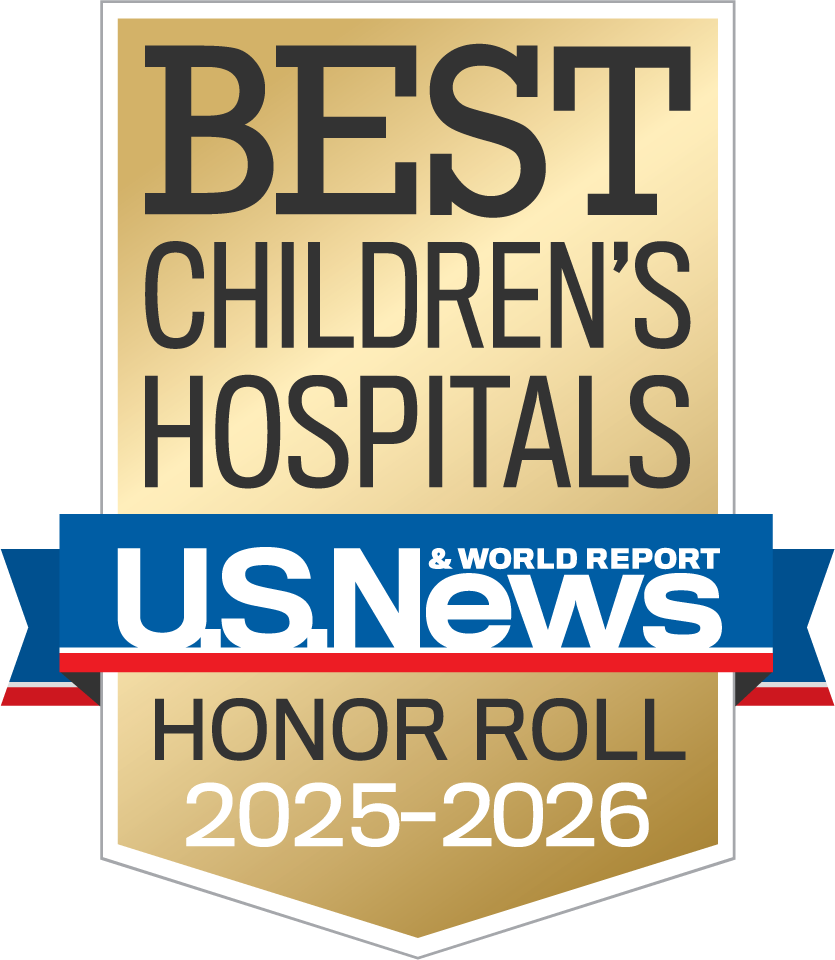Boston Children’s Hospital Liver Transplant Program is here to support your child and your family throughout the transplant journey. Our liver transplant team has spent more than three decades treating, studying, and redefining the medical and surgical care of pediatric liver transplant patients, giving hundreds of children with end-stage liver disease a second chance at life.
The program works closely with Boston Children’s Center for Childhood Liver Diseases, a part of the Division of Gastroenterology, Hepatology and Nutrition, and is part of Boston Children’s Pediatric Transplant Center, which combines the efforts of specialists in heart, lung, liver, intestine and multivisceral, and kidney transplantation, where the experience from one transplant program can assist with the outcomes of another.

From Florida to Boston and back again: Reagan’s transplant journey
She traveled to Boston for a liver transplant when she was a baby. Now, she’s is studying to become a pediatric transplant nurse to support kids just like her.
Pediatric focus
Our patients are often very young and very small, and the conditions leading to transplant can frequently and significantly differ from those leading to transplant in adults. We bring pediatric expertise to the diagnosis and treatment of every condition resulting in end-stage liver disease in children and use this expertise to avoid or delay transplant when possible. When liver transplantation is the best option, we will ensure your child is in the best possible health for a successful transplant.
Our transplant program places a unique emphasis on the transplant journey, which means we offer support and care long after surgery. Even as your child transitions from an adolescent to young adult, we work with them to understand how to manage their own health care and teach them to cope with the challenges of adhering to a medication schedule. Through our Transition Program, our team offers support to patients as they transition into adolescence and young adult hood while also learning how to independently manage their chronic medical condition.
Children cared for in our program may receive whole organ transplants, reduced-size liver transplants, split liver transplants, or living donor transplants. In some cases, a liver transplant is done in combination with transplantation of another organ, such as an intestine, kidney, or lung.
Our team approach
Our program includes a multidisciplinary team of specialists, all of whom have special interest and experience in transplantation, often treating cases others turn away. Together, we bring a collaborative approach to the treatment of infants, children, and adolescents with a variety of diagnoses, including:
- Acute liver failure
- Alagille syndrome
- Alpha-1 antitrypsin deficiency
- Biliary atresia
- Chronic viral hepatitis
- Liver tumors, such as hepatoblastoma
- Gestational alloimmune liver disease (GALD)
- Wilson’s disease
- Metabolic disorders
Non-directed donor program


Typically, many living organ donors are parents, other family members, or adult family friends of children in need of a transplant. However, these options are not enough to support every child in need of a transplant.
If you are an adult between 18 and 55, and you’re medically cleared — meaning your kidneys are healthy, you have no liver disease, and you have no major medical issues — you can become a non-directed organ donor. A non-directed donor is an adult who does not know the transplant recipient, but feels compelled to do the most selfless act of kindness to help save a life. Non-directed organ donations are currently only for donating a piece of the donor’s liver or a single kidney.
For more on becoming a non-directed donor, please contact the Pediatric Transplant Center at 877-894-7337 or email us at transplant@childrens.harvard.edu.
Living Donor Program
A liver from a living donor offers distinct advantages compared to that of a deceased donor. There is no wait time, therefore the procedure can be scheduled at a time that works best for the recipient and the donor and often before the onset of life threatening complications. There is growing evidence that a liver from a living donor lasts longer than a liver from a deceased donor.
Because the liver can grow and regenerate, a living donor is able to donate a portion of their liver. Within a few months, the donor's liver and the portion of the donor's liver given to the recipient are replaced by fully functioning liver tissue.
For adult donor surgeries, Boston Children's collaborates closely with the Lahey Hospital & Medical Center in Burlington, Mass., which has long been a leader in living donor liver transplant.
Research and innovation
Boston Children’s is a world leader in opening new avenues of “translational research,” bringing laboratory advances to the bedside and doctor’s office as quickly as possible. Our transplant surgeons are researching ways to avoid transplants for patients with metabolic disorders and liver tumors.
In recent years, our liver transplant team has led the charge in researching the safety and effectiveness of split-liver transplants. We are now heading a movement that calls for changes in how donor livers are allocated, which will increase the number of split-liver transplants done each year and ultimately help ensure a liver for virtually every small child on the waiting list. Learn more about our latest research.
Collaborating with Dana-Farber/Boston Children's Cancer and Blood Disorders Center
The Liver Transplant Program is an integral part of the Liver Tumor Program at Dana-Farber/Boston Children's Cancer and Blood Disorders Center, which provides an individualized approach to the management of children with malignant and benign tumors of the liver. This integrated service accepts patient referrals for treatment, second opinions, and consultations regarding the potential need for liver transplantation.


